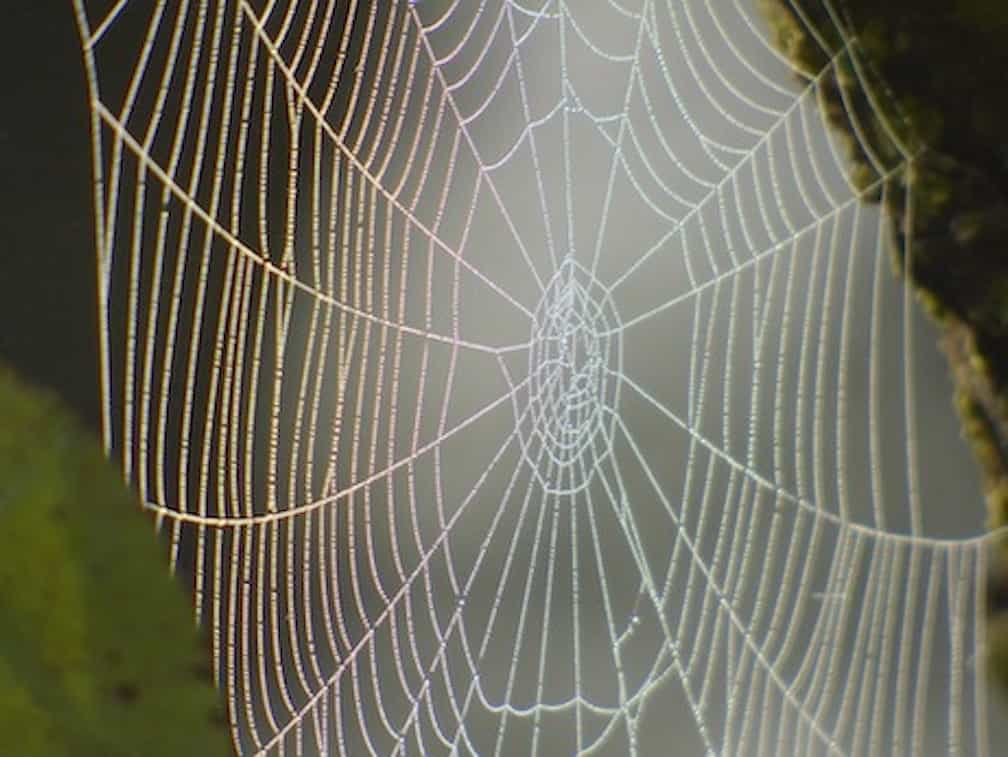Pest management programs shouldn’t stay the same over time if they are going to be truly effective for the long run.
Pest management programs are never static. They should not be designed to ‘maintain the status quo’ if they are to be truly effective over the long term.
The desire to improve and be further ahead tomorrow of where you are today should always be the goal for owners and managers responsible for pest management programs in food processing, distribution or service facilities.
These facilities may successfully pass audits or health department inspections, and experience low pest pressure today but what about tomorrow or the next month? If there is one predictable trait about pests, it’s their unpredictability.
Changing Pest Pressure
Pest pressure can change by the season, invasive species can be introduced and other non-pest influencers – sanitation and cleaning programs, facility maintenance, a change in what food products are produced in the facility, changes in staffing, and changing regulatory mandates and audit standards – can impact a pest management program’s performance.
That’s why it’s critical for QA and facility managers and pest management service providers to strive for continuous, steady improvement of pest management programs.
Determining if continuous improvement is being achieved can be measured in a variety of ways and it starts with an assessment of the facility that includes asking the following questions:
- Why are there multiple pest monitoring devices in areas without any activity and fewer devices in high-risk areas?
- When was the last time someone checked the boneyard, storage areas, attics, and roof for pest activity? Does this need to be part of the ongoing service?
- If only mice monitoring devices are being used, how would you know that there’s not a rat running around or if stored product pests are present?
- Where’s the validation that comes from the collected data, inspection/service reports, trend analysis reports, and assessments?
- What changes have been made to the program to react to current conditions?
Pest management programs can lose their effectiveness if evaluation and analysis of trend data isn’t done on a continual basis and the proper adjustments made to the program.
Moving the Needle Forward
Taking the proper corrective action when there is a pest capture and identifying the root cause of the problem is a critical first step to success. However, the action taken must improve the program.
For example, if a mouse is caught the initial reaction would be to add more interior traps but does this fix the root-cause issue? No, it doesn’t. The result is that a service specialist must check more traps, but the necessary steps to prevent another rodent from gaining access to the facility haven’t been accomplished.
The correct approach to achieve continuous improvement would be to identify all conducive conditions and investigate the true source of the problem – poor sanitation, lack of exclusion, infested incoming shipments, etc. and make the needed changes and/or recommendations so it doesn’t happen again.
Validating Continuous Improvement
Validation of a pest management program is measurable, it’s not a gut feeling. The assessment process and analysis of trend data is what validates a program, and it also allows for adjustments to be made based on the data.
For continuous improvement to be achieved reliable data is needed. If the correct capture data isn’t obtained, the trend analysis is flawed, and you can’t properly analyze distorted or missing information.
For example, if a facility has a mouse issue during the summer months don’t assume it’s because the exterior bait box material usage is higher and there isn’t enough bait available. How much of that bait was replaced due to it being melted, old, and/or eaten by insects?
Being proactive and flexible with a facility’s pest management is the name of the game when it comes to achieving continuous improvement.


